CT021 – Prediction of cancer and tissue of origin in individuals with suspicion of cancer using a cell-free DNA multi-cancer early detection test
AACR Annual Meeting 2020 Online Proceedings and Itinerary Planner Home April 28
Abstract
Background: The Circulating Cell-free Genome Atlas study (NCT02889978) is a multi-center, case-control, observational study with longitudinal follow-up (n=15,254; 56% cancer, 44% non-cancer) to support development of a cell-free DNA (cfDNA) multi-cancer early detection test. Previously, we reported that a targeted methylation assay detected and localized >20 cancer types at >99% specificity in individuals with cancer.1,2 Here, we report prediction of cancer (presence/absence) and tissue of origin (TOO) in individuals enrolled with clinical suspicion of cancer but without pathologic diagnosis or treatment at time of enrollment.
Methods: Plasma cfDNA from blood samples collected prior to clinical diagnosis was subjected to targeted methylation sequencing. Samples were divided into a training set and an independent validation set to train and validate a machine learning classifier to assess cancer and predict TOO. Performance was assessed in a subset of participants enrolled with suspicion of cancer; subsequently, cancer was confirmed by evaluating a pathologic specimen. Results: Participants being evaluated for suspicion of cancer were classified as confirmed cancer (>20 cancer types; n=164 in training, n=75 in validation) or confirmed non-cancer (n=49 training, n=15 validation). In the confirmed non-cancer group, all training and validation samples were correctly predicted as non-cancer (100% specificity). In the confirmed cancer group, cancer detection across all stages was 40.2% (66/164; 95% confidence interval [CI], 32.7-48.2%) in training and 46.7% (35/75; 95% CI, 35.1-58.6%) in validation. Excluding stage I renal cancers (where detection/tumor fraction is low in plasma and which comprised 20% of participants in this subset) detection across stages was 50.4% (66/131; 95% CI, 41.5-59.2%) and 59.3% (35/59; 95% CI, 45.7-71.9%), respectively. In stages II and above, detection was 70.7% (58/82; 95% CI, 59.6-80.3%) and 78.9% (30/38; 95% CI, 62.7-90.4%), respectively. For detected cancers, TOO was predicted in 93.9% (62/66) samples in training and 100% (35/35) in validation. Of those with a TOO call, accuracy was 85.5% (53/62; 95% CI, 74.2-93.1%) and 97.1% (34/35; 95% CI, 85.1-99.9%), respectively.
Conclusion: A cfDNA multi-cancer detection test has shown the potential to predict cancer and TOO in individuals with suspicion of cancer ahead of histologic diagnosis with performance comparable to those with confirmed cancer at the time of blood collection. This was achieved with high specificity and TOO accuracy. The high specificity suggests that the false positive rate could be comparable in populations with average versus higher risk (suspicion) of cancer. These findings suggest that a cfDNA multi-cancer detection test could accelerate the diagnostic resolution of suspicion of cancer.
References: 1. Oxnard GR, et al. ASCO Breakthrough Meeting 2019; Abstract 44. 2. Oxnard GR, et al. ESMO Annual Meeting 2019; Abstract 5639.
https://www.abstractsonline.com/pp8/#!/9045/presentation/10733
